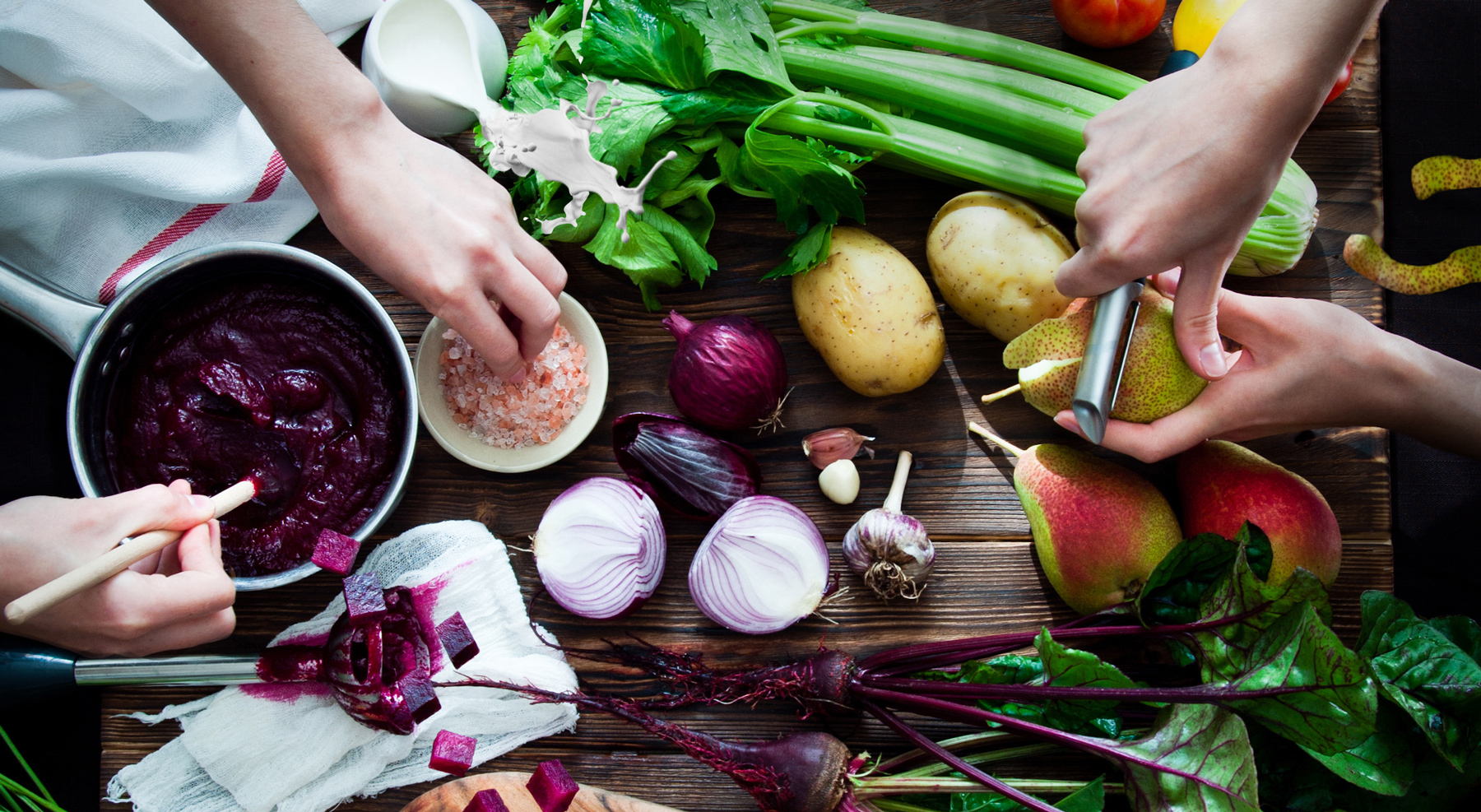
There are many foods in our diets, especially in the US, that have preservatives and other chemicals that don’t belong in the human body. Many of us already know what a lot of the problem foods are. We call them junk food, fast food, or guilty pleasures, and we absolutely love them. Why wouldn’t we? They’re delicious! But we should also avoid them like the plague.
These foods are wildly addictive because they’re loaded with ingredients designed to supply the flavors we enjoy. Historically, fat and sugar were scarcities, so foods loaded with them were highly desirable—accordingly, we’ve developed a sensitivity to these flavors that tells us to pursue them. It made sense to desire more fruit in order to store fat for long winters, and more salt and fat because they were scarce. But we no longer hunt for our food or spend days on end without nourishment, so we must learn to control our desire to consume foods that are full of added fat and sugar. That, in essence, is the first step of clean eating. Cut out the junk food, and focus on eating real food, the higher quality the better.
Ideally, your first stop at any grocery store should be the produce section.
Unfortunately, our neighboring store, Star Market, is set up to derail the best of intentions. The entrance contains some of the very worst food: pastries, cakes, and other baked treats loaded with sugars and additives! Shop on a full stomach to avoid unhealthy impulse purchases here. Once you’ve narrowly dodged row upon harrowing row of cupcakes and pies, you turn right and there’s another enemy—Starbucks. Avoid splurging on that Java Chip Frappuccino and keep walking, take a left, and you’ll approach the produce section.
Once you’ve filled your cart with fresh fruits and vegetables (organic and locally grown if possible in your budget), it’s time to make your way around the store. Tread lightly, keep to the edges of the store, and avoid the siren song of the center aisles. All the yummy treats are in there, but they’re full of poison! Food that stays on the shelves in the center of the store isn’t good for you. Canned foods contain traces of BPA, a synthetic estrogen used in the coating of the can linked with many health problems. Foods like pop tarts and oreos are even worse, containing massive amounts of sugar in the form of high fructose corn syrup and about a hundred GMO ingredients. ‘Non-perishable’ food that can keep fresh on the shelf for weeks or even months is usually unhealthy.
Added sugars and preservatives are often linked to obesity, heart disease, cancer, allergies, and many other ailments.
This article, while geared towards good parenting, is also a great crash course in ingredients to look out for, and snacks to never eat. This one focuses on a few reasons oreos are bad, and a few of the worst ingredients. Memorizing all of these things to avoid may not be realistic for everyone, but having an idea of what to avoid is a step toward cleaner eating. A general rule of thumb is to avoid foods that stay ‘fresh’ forever, and if you must shop from the center aisles, look for foods with an ingredient list of 6 or fewer items.
The freezer section is a complicated part of the store.
Frozen (organic especially) fruits and vegetables are good, frozen meat (again, organic if possible) is not bad, but pretty much everything else is dubious. Ice cream, frozen pizza, and microwaved dinners are generally unhealthy. Either they’re loaded with sugar, as in the case of ice cream, or packed with trans fats and saturated fats—common preservatives that make it easier to get that ‘baked fresh’ taste in foods like frozen pizza. Trans fats are linked to high cholesterol, heart disease, and obesity. Look out for any food with hydrogenated vegetable oils or shortenings in the ingredients list as a quick way to avoid most sources of trans fats.
Did I mention don’t shop hungry? Let me just say it one more time.
Do not go grocery shopping when you’re hungry.
Write down a list of groceries before you go, and have a full stomach so you’re not tempted to divert from your plan. If you’re not sure what you should be buying at the grocery store, check out this list of healthy foods that should be staples of your diet. Add greens to that list—leafy greens like spinach and kale are incredibly good for you. High in fiber, iron, magnesium, and a bunch of other important nutrients, they will improve your health dramatically. Sautée them with some onions, garlic, and olive oil for a delicious side to any meal and serve them with some protein like fish or eggs.
Now I’m going to reiterate the foundation of clean eating: Eat more real food, especially fruits and vegetables.
Only 14% of Americans get even 5 servings of fruits and vegetables per day. If you’re truly concerned about your health, your goal should be to progress over time towards 11 servings per day. An omelette is a great way to start your day; load three or four eggs up with a massive handful of greens, half an onion, half a tomato, and mix in some sausage or cheese for more flavor. Eat most of it for breakfast, and snack on the rest at work before lunch. This meal is under 500 calories, and packs a big dose of protein and vegetables to help start your day right. By prepping your veggies the night before, you should be able to make this meal in about ten minutes every morning.
One final note—to make the healthiest choices, select organic and local produce whenever possible.
Fruits and vegetables grown organically have more nutrients, have been exposed to fewer pesticides, and are typically grown with more sustainable practices than conventional methods. Frozen organic produce is better than fresh but not organic, and fresh organic produce is the best. The same is true for meats—conventionally raised animals tend to be fed a mixture of hormones and antibiotics that wind up in the meats we consume. Even when the packaging says “no hormones added”, some are still be present in the meat. If you want to understand more about how these hormones are administered to animals and for what purpose, check out this article on GreenerChoices.org. “Organic,” “pasture raised,” “wild caught,” and “grass fed” are words that you should look for to tell you that meat is higher quality and much cleaner. They will have more nutrients, taste better, and are healthier than conventional meats.
Clean eating is a lifestyle of healthier food choices founded on the principle of consuming primarily real food.
Eliminating foods with added sugars and fats will greatly improve your health, and increasing your intake of fruits and vegetables will give you more energy and have the added benefit of helping you achieve your desired body. If you want more guidance, check out diets like “Whole 30,” “Paleo,” and the “Atkins” diet, all of which are founded on eliminating added sugars and adopting more natural eating habits.

